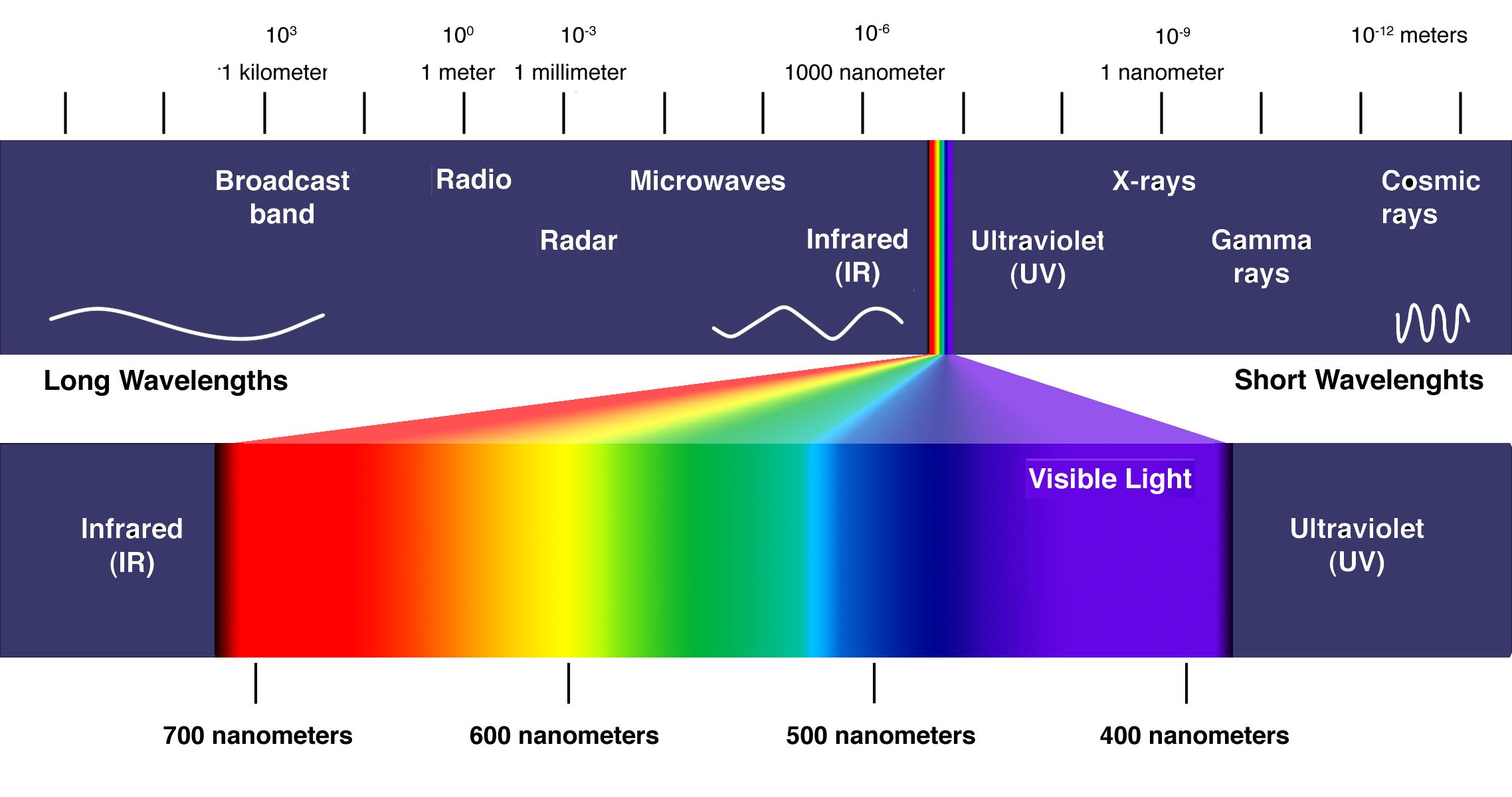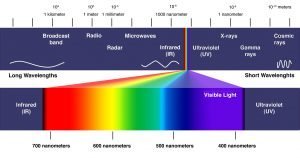Covid-19 Virus Infections Prevention With UV Light
Page Contents
ToggleUltraviolet Light Effects on Covid-19 Virus Infections
Since Covid-19 virus infections burst onto the world scene, institutions have clamored for ways to make their enclosures free of the virus and safe for their employees and clients. The use of Ultraviolet light for treatment of rooms, surfaces, and water has been proposed and investigated. UV-C light is the portion of the electromagnetic spectrum determined to be of interest for this purpose. However, UV-C has questionable success, according to some of the investigations, for treatment and destruction of Covid-19 in dynamic ventilation/AC systems. Apparently, from internet searches, and other personal knowledge, the effectiveness of this method of treatment has been tested primarily in static surface, air, and water systems. In dynamic (operating) systems the enclosure (room or facility) air exchange rates, air disruptions, air turbulence, and air current paths become important. Reliance on this method for protection in room environments is very risky – a false sense of security. The “Illuminating Engineering Society, IES Committee Report: Germicidal Ultraviolet (GUV) – Frequently Asked Questions” examines UV usage for the treatments of interest.
The Electromagnetic Spectrum
Covid-19 Virus Infections and Upper Room GUV
The World Health Organization (WHO) and the US Center for Disease Control (CDC) recognize upper room germicidal UV (GUV) as an important method of reducing TB transmissions in high-risk settings where natural ventilation is unreliable or impracticable and where mechanical ventilation is absent or limited.
GUV has been recognized as a possible safe method of disinfection of rooms with high ceilings. In this method specially designed UV-C fixtures irradiate constantly the room air above 7 feet. In this method, it is important that the room air above 7 feet be constantly mixed by fans and heating ventilation air conditioning (HVAC). Air may also be mixed by movements and normal convective currents.
Other Resources
TLC Engineering Solutions: PowerPoint Presentation (tlc-engineers.com)
HPAC Engineering: Germicidal UV Demand Leaps from Niche to Necessity | HPAC Engineering
International Ultraviolet Association: International Ultraviolet Association Inc – UV Disinfection for COVID-19 (iuva.org)
Upper Room Germicidal UV (GUV) Fixtures: Aeromed | Upper Room GUV
Upper Room Germicidal Infections (UVGI): Upper-room UVGI system for air disinfection during COVID-19 pandemic | Acoustic Lighting Green Building Physics Integrated Engineering Consultant (altaintegra.com)
by
www.kittysbook.com
www.kittysbook.com
WordPress AMP Plugin
30.03.2025 - 16:38:01


